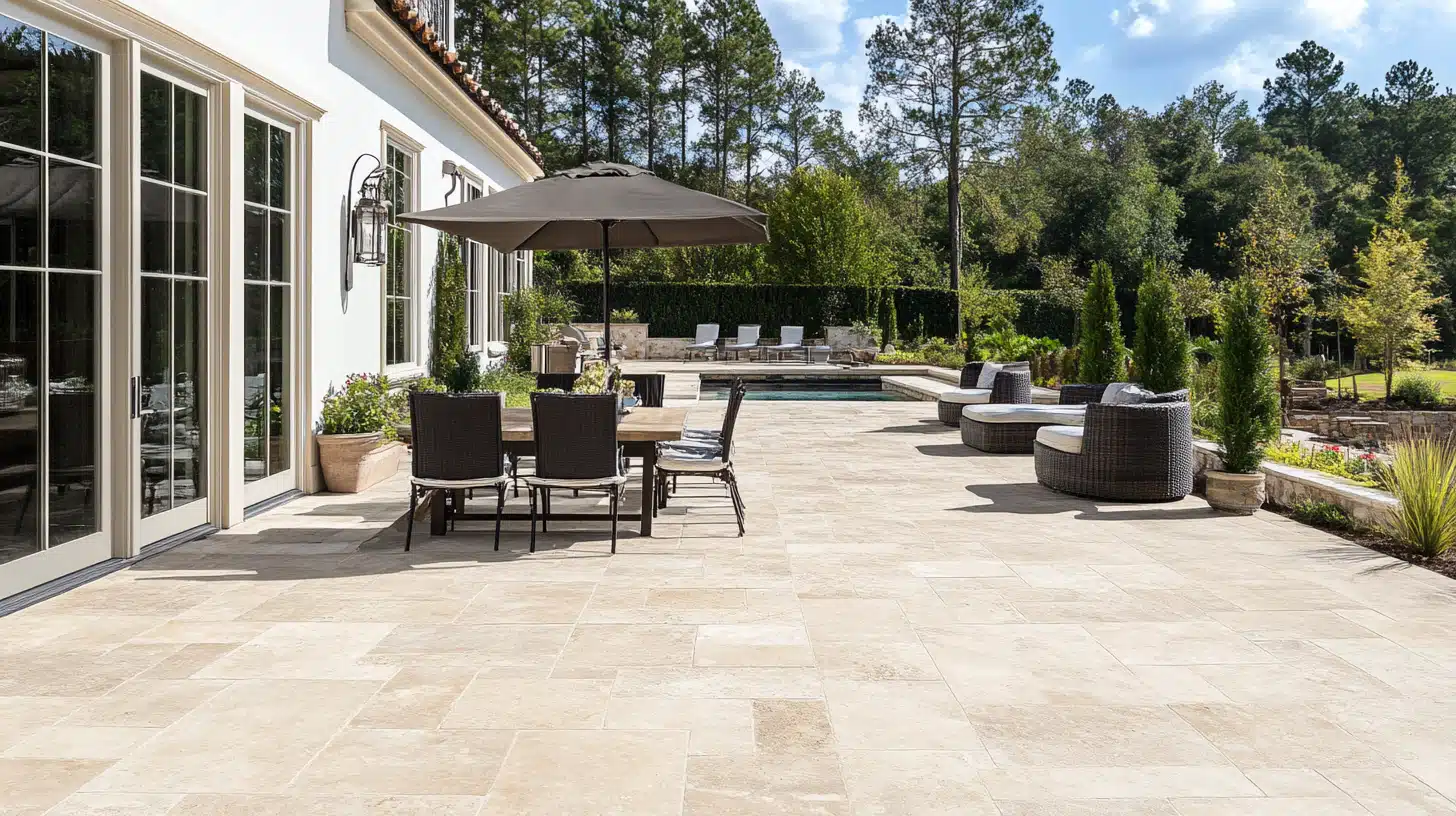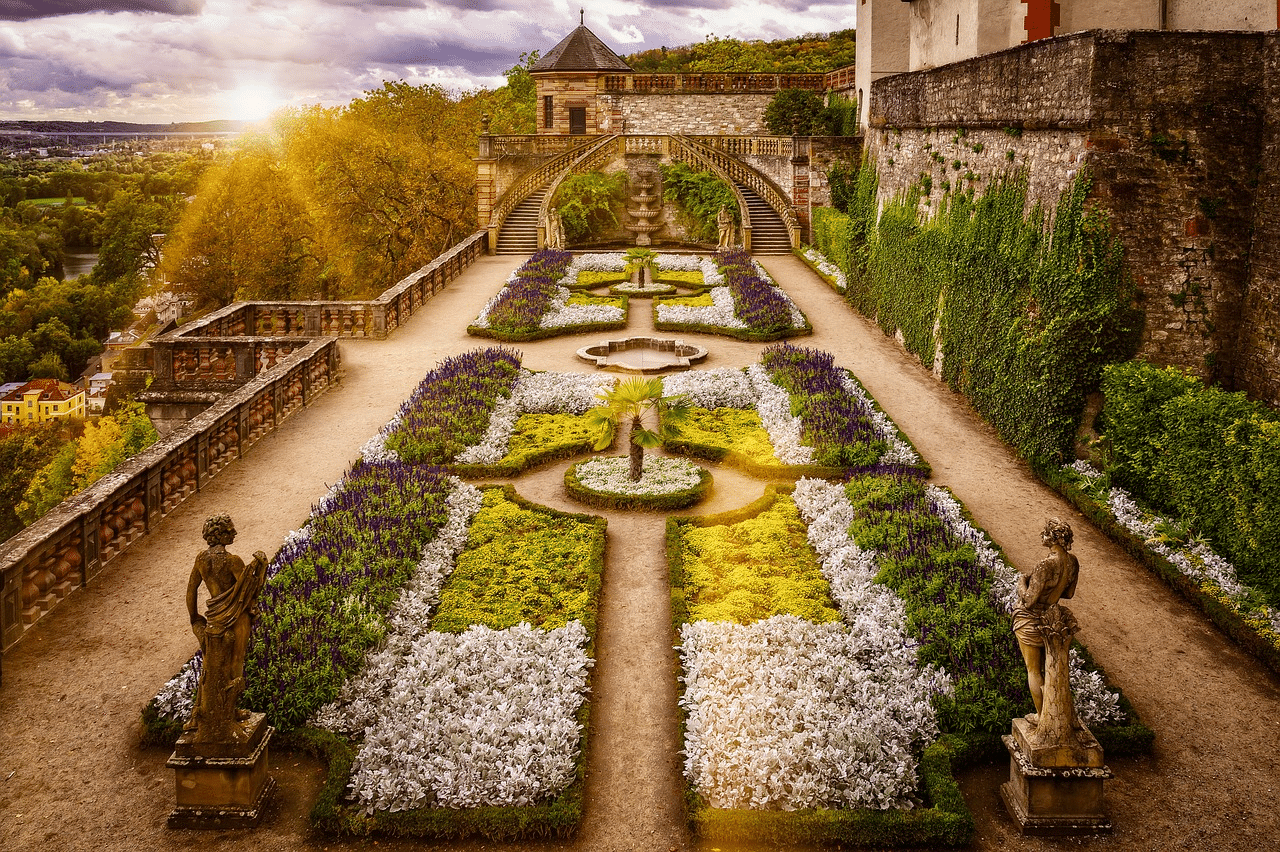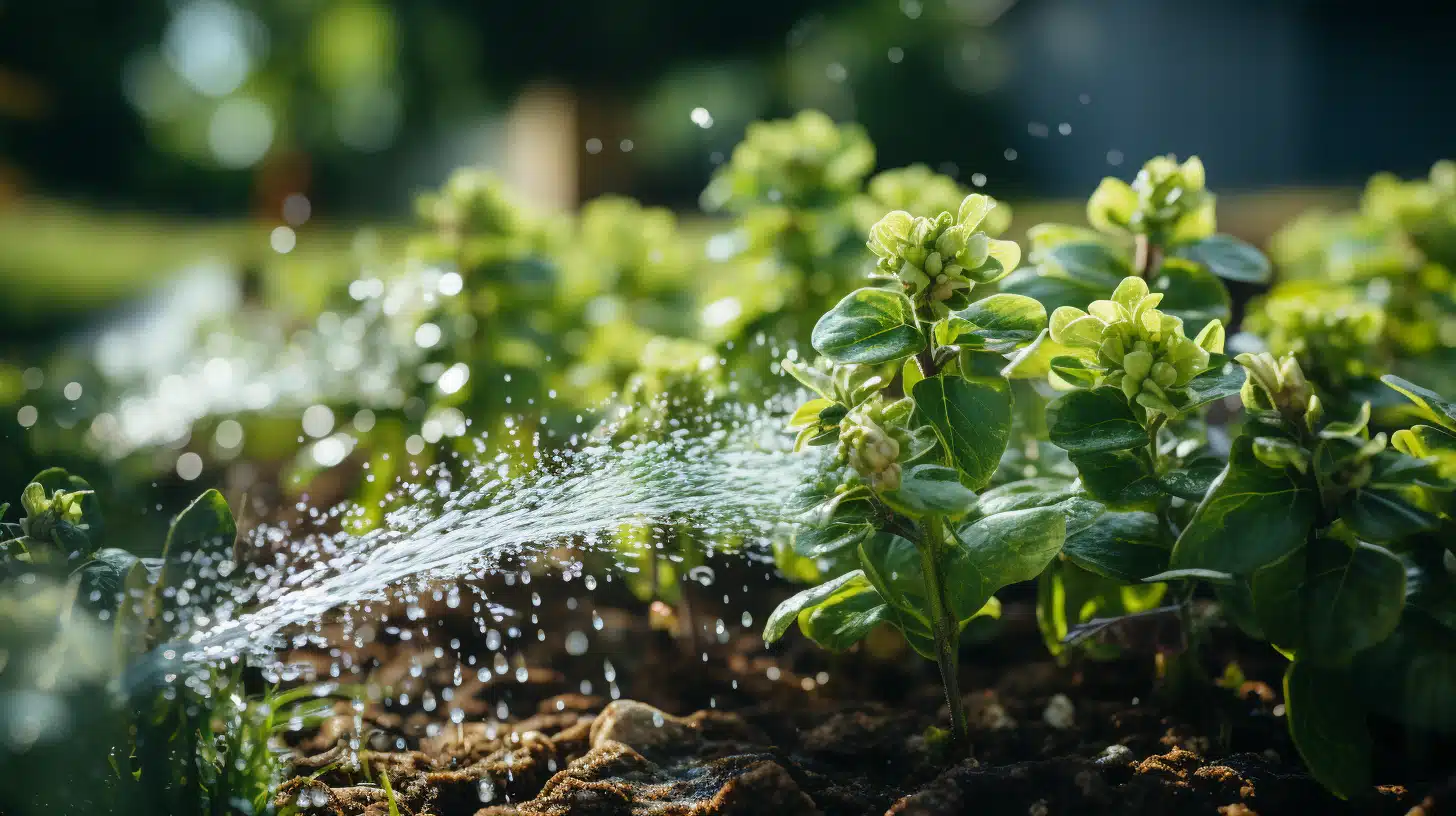Choosing Between Limestone And Travertine Pavers For Your Patio
Are you planning a patio makeover? One of the most critical decisions you’ll face is selecting the right material. With so many options available, how do you choose? Let’s explore two popular choices—limestone and travertine pavers—to help you make an informed decision that suits your needs and enhances your outdoor space.
Introduction
Your patio is more than just an outdoor space; it’s an extension of your home. Whether you use it for entertaining guests, enjoying family time, or simply relaxing, the right material can make all the difference. Limestone and travertine are two popular choices for pavers, each with its own set of benefits and considerations.
In this comprehensive guide, we’ll compare these two materials in terms of durability, aesthetics, maintenance, and cost. By the end, you’ll have a clearer idea of which is best for your patio.
Limestone Pavers Benefits and Considerations
Durability and Longevity
Limestone is known for its exceptional durability, making it a preferred choice for construction for centuries. This natural stone has been used in iconic structures ranging from the pyramids of Egypt to contemporary architecture, a testament to its enduring strength.
One of the biggest advantages of limestone pavers joondalup is their ability to withstand heavy foot traffic and extreme weather conditions, be it scorching heat, heavy rains, or freezing temperatures. They are less likely to crack or chip compared to other materials, making them a long-lasting option for your patio.
Moreover, limestone’s durability means less frequent repairs and replacements, saving you time and money in the long run.
Aesthetics and Customization
Limestone pavers offer a timeless look that can elevate the appearance of any outdoor space. They come in a variety of colors, ranging from soft whites and creams to rich blues and greys, ensuring a perfect match to any aesthetic preference.
This versatility allows homeowners to choose a shade that complements their home’s exterior, creating a harmonious and inviting atmosphere. Additionally, limestone can be easily cut into various shapes and sizes, giving you the flexibility to create intricate designs and patterns.
Whether you prefer a classic, uniform look or a more eclectic, artistic design, limestone can accommodate your vision. The natural texture and subtle variations in color also add a unique charm to any installation.
Maintenance and Cost
When it comes to maintenance, limestone is relatively low-maintenance but requires proper care to preserve its beauty and durability. Sealing limestone pavers is essential to protect them from stains, weathering, and the effects of moisture.
Regular cleaning with a mild detergent and water is usually sufficient to keep it looking pristine. For optimal results, it’s recommended to use a soft brush to avoid scratching the surface. In terms of cost, limestone pavers are generally more expensive than concrete but more affordable than many other natural stones like marble or granite.
The initial investment may be higher, but the long-term durability and aesthetic appeal can justify the expense. Additionally, the timeless beauty and robust nature of limestone can also add value to your property, making it a worthwhile investment for homeowners seeking both functionality and elegance in their outdoor spaces.
Travertine Pavers Benefits and Considerations
Natural Variation and Appearance
Travertine pavers are renowned for their beautiful, natural variation. Each paver has a unique pattern, adding a touch of elegance and sophistication to your patio. The material’s porous nature gives it a rustic charm that many homeowners find appealing.
Travertine is available in a range of earthy tones, including beige, brown, and gold, making it easy to match with various outdoor décors.
Durability in Different Climates
Travertine is highly durable and can withstand a variety of climate conditions. Its natural composition makes it resistant to heat, ensuring that it remains cool to the touch even on hot summer days.
This makes it an excellent choice for patios in warmer climates. However, travertine is more porous than limestone, which means it may require additional sealing to protect it from moisture and freeze-thaw cycles in colder climates.
Maintenance and Cost Comparison
In terms of maintenance, travertine is relatively easy to care for but does require regular sealing to prevent staining and damage.
Cleaning with a gentle soap and water solution is usually enough to maintain its appearance. When it comes to cost, travertine pavers tend to be more affordable than limestone, making them a budget-friendly option for many homeowners. However, the need for regular sealing can add to the long-term maintenance costs.
Which Is Best for Your Patio? Factors to Consider
Climate and Weather Resistance
When choosing between limestone and travertine, it’s essential to consider your local climate. If you live in an area with extreme weather conditions, limestone’s robustness might be more suitable. On the other hand, if you reside in a warmer climate, travertine’s natural ability to stay cool could be a significant advantage.
Design Preferences and Aesthetics
Your personal style and the overall look you want to achieve are crucial factors. Limestone offers a classic, uniform appearance, while travertine provides a more rustic, varied look. Think about how each material will blend with your home’s exterior and other outdoor elements.
Maintenance Commitment
Consider how much time and effort you’re willing to invest in maintaining your patio. Limestone requires less frequent sealing but still needs some upkeep. Travertine, while easier to clean, demands regular sealing to maintain its integrity and appearance.
Budget Considerations
Finally, your budget will play a significant role in your decision. While limestone may have a higher upfront cost, its long-term durability can make it a worthwhile investment. Travertine is generally more affordable initially, but the ongoing maintenance costs should be factored into your budget.
Conclusion
Choosing the right paver for your patio is a decision that will affect both the functionality and aesthetic appeal of your outdoor space. Limestone and travertine each offer unique benefits and considerations. Your choice will ultimately depend on your specific needs, preferences, and budget.
By considering factors like climate, design preferences, maintenance commitment, and cost, you can make an informed decision that enhances your patio for years to come.







